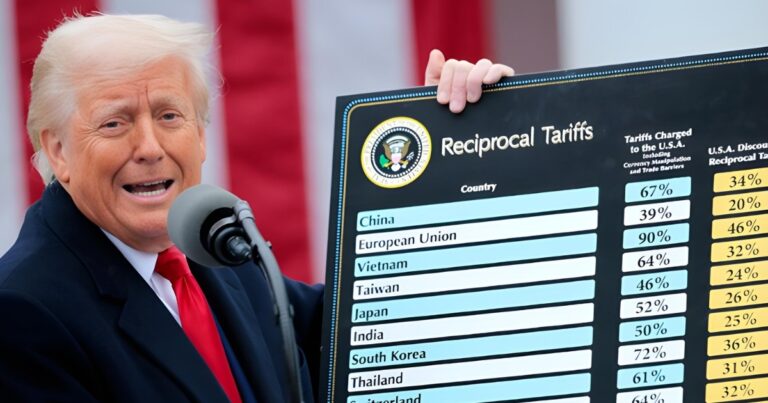Judicial Accountability in India
Judicial Accountability in India
When was the last time you read about a distinguished judge being impeached in India?
Now, when was the last time you read about a judge involved in corruption, advocating for hate, or similar offenses? This stark contrast brings to light the urgent need for judicial accountability in India. Despite serious allegations, the lack of action often reflects the loopholes in holding judges accountable. It’s high time we addressed these concerns transparently.
I’m sure many of you could recall quite a few such instances. If not, let me highlight a few recent examples:
- On December 8, 2024, the legal cell of the Vishwa Hindu Parishad hosted an event within the court’s premises where Justice Shekhar Kumar Yadav of the Allahabad High Court gave a communal speech. There were clear prejudices against the Muslim community throughout his speech.
- Again, in December 2024, Atul Subhash, an AI engineer who tragically committed suicide, made serious allegations of bribery against Family Court Judge Rita Kaushik.
- A more recent example involves a huge stash of cash found in the official residence of Yashwant Varma of the Delhi High Court on March 15, 2025.
These are just a few of the cases that have come to light in recent years. However, the number of judges impeached in India to date is zero.
Surprised? I was too. So, I decided to investigate about judicial accountability in India and found that holding judges accountable poses significant challenges.
Only two judges, against whom impeachment proceedings have been attempted, have been found guilty of misconduct. But before diving into their cases, let me give a quick overview of the impeachment process for judges in India:

The procedure for the removal of judges is outlined in the Judges Inquiry Act of 1968.
The initial step is for an impeachment motion to be raised, which must be signed by 100 MPs in the Lok Sabha and 50 MPs in the Rajya Sabha.
Once this motion is introduced, the Speaker or Chairperson of the respective house forms a three-member committee consisting of:
(i) The Chief Justice of India (CJI) or a Supreme Court judge.
(ii) The Chief Justice of any High Court.
(iii) A distinguished jurist appointed by the Speaker or Chairperson.
This committee functions like a trial court by investigating charges, cross-examining witnesses, etc.
If the committee finds the judge not guilty, the motion is dismissed.
If the judge is found guilty, the report is sent back to both houses, where a majority of the total membership of each house, or two-thirds of members in both houses, must vote in favour.
Once passed in both houses, it is sent to the President, who then issues an order for the removal of the judge.
Let’s go back to the two judges who the three-member committee determined had engaged in “misbehaviour”:
Judge V. Ramaswami, who was appointed to the Supreme Court in 1993, was convicted of lavishly furnishing his official apartment without adhering to the correct protocols.
Even though this may seem less significant today, it generated a lot of public discussion in the 1980s and 1990s, which ultimately resulted in the Supreme Court’s adoption of the “Restatement of Values of Judicial Life” on May 7, 1997.
Even though the committee found him guilty, he was not impeached since the Lok Sabha rejected the impeachment proposal.
In a similar case from 1983, Justice Soumitra Sen of the Calcutta High Court was convicted of embezzling Rs. 33.23 lakh.
He was the first judge to be voted out by the Rajya Sabha, but days before the motion could be presented to the Lok Sabha, he resigned.
In a similar case, Sikkim High Court Chief Justice P.N. Dinakaran was accused of appropriating over 300 acres of land from Tamil Nadu farmers after joining the Madras High Court as a judge.
On the first day of the three-member committee’s meeting, he resigned.
Such resignations effectively abort the trial and subsequent impeachment, highlighting a significant flaw in India’s judicial review mechanism.
These judges, despite their resignation, continue to enjoy the perks of being retired judges, including pension benefits.
For example, Justice V. Ramaswami was later appointed as the Chairperson of the Tamil Nadu Law Commission.
These instances raise a critical question:
Is the purpose of impeachment merely removal from office?
I came across Bryan Craig’s article in which he recounts a situation in which quitting was not the end.
We now presume that a resigning official won’t be impeached, but in the 19th century, US President Ulysses S. Grant’s secretary of war, William Belknap, was put on trial after resigning in 1870.
Similarly, here in India, shouldn’t judges who are held in such high regard and are the backbone of our country’s democracy be held accountable to the people whose trust has been breached?
This trust ought to be reinforced by the judiciary to improve judicial accountability in India.
Disclaimer: The views expressed in this article are for informational purposes only and do not necessarily reflect the official policy or position of any organization. If you have concerns or believe there are factual inaccuracies, please write to us at info@primejournal.in or Contact Us
Saira Imran is a burgeoning writer exploring the world through yoga, fitness, lifestyle and global affairs. To her this blog is a mix of her reflections, real talk, and a platform to share insights. Whether it's finding balance on the mat or reflecting on the world beyond it, she's here to write with curiosity & intention.



